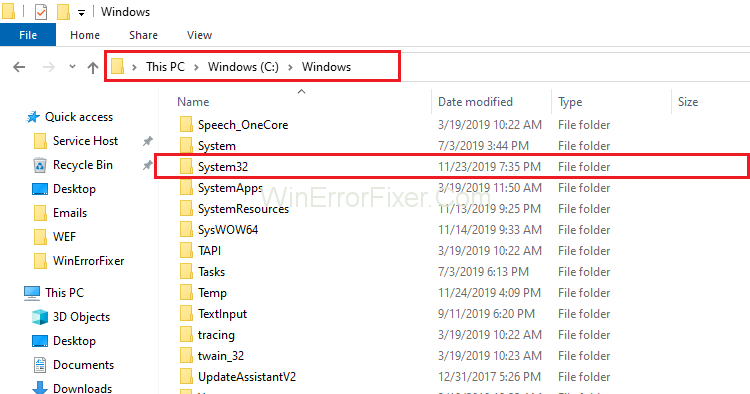Solved Ms Access Runtime For Mac

Run MS Office/Access on a MAC. September 6, 2016 Daniel Pineault General Technology Discussion MS Access MS Office No Comments. Since the MAC version of MS Office does not include MS Access (there is no MAC version of Access and never has been), we often see questions similar to.
After four years in the cloud, Microsoft Access is retiring support for browser-based business applications. This decision will have a profound effect on loyal customers and their day-to-day operations.
By April 2018, users of Access Services for SharePoint Online need to take an action or their Access-based apps will be shut down. They can migrate to a cloud-based app-building platform, or go back to desktop or on-premises software.
While users of Access Desktop database apps and Access web apps for on-premises SharePoint Servers won’t be affected by this change, they remain limited by the lack of web and mobile support. There’s no doubt that leading-edge companies benefit from real-time data accessible from anywhere and collaboration across mobile devices. As technology continues to move forward, organizations that evolve with it gain a competitive edge in their fields. In addition, cloud-based software is quicker to deploy and cheaper to maintain.
Of course, you could give up on web apps altogether and stick with desktop apps or on-premises apps accessible through your corporate network. But most businesses are going in the opposite direction, moving from desktop and on-premises applications to cloud-based tools, making the former a thing of the past. If web apps are important to your business, you’ll need to migrate them to a secure, cloud-based platform — and the time is now.
Migrating your web apps is an investment of time and resources regardless of where you’re migrating to. You might as well take this opportunity to select the platform that’s best suited for your organization.
5 Reasons PowerApps Is Too Limited for Most Users:
Although PowerApps may seem like the next best thing for Access users looking for a cloud-based option, it lacks the functionality you’ve gotten used to with Access:
- PowerApps is not easy for non-technical business users to understand and build apps on.
- You need to use a number of separate tools — Flow, SharePoint, Excel, Outlook, and its database, Common Data Service — to build an app end-to-end. Other cloud-based platforms enable seamless building in one place.
- Some of these tools are only available at an additional cost.
- You need to build separate desktop and mobile experiences from scratch. The mobile experience will display a narrow screen size on the desktop leaving large areas of the screen unusable. Other cloud platforms enable you to build your app once; it automatically optimizes the user experience across desktop and mobile devices.
- PowerApps doesn’t enable business users to configure a finely-grained permission model, which is a key collaboration capability.
Migrating from Access to PowerApps isn’t necessarily easier than migrating to other platforms; you still need to translate your data and workflows, as well as rewrite forms, reports and flows from scratch and in separate tools.
Get Started with Your Migration Today
Microsoft Access’ announcement is a challenge for customers, but it’s also an opportunity to tap into the power of modern technology to open the door to easier and faster app building, mobile access, integration with line of business data, and ability to extend native functionality.
Migrating to Quick Base is just the beginning of a better way to work. Easily build apps to manage your processes and data from wherever you are, and collaborate just the way you need.

Ready to get started?
Watch our webinar and learn best practices for migrating your data to a cloud platform, now that Microsoft is retiring support for their cloud-based version of Access.
